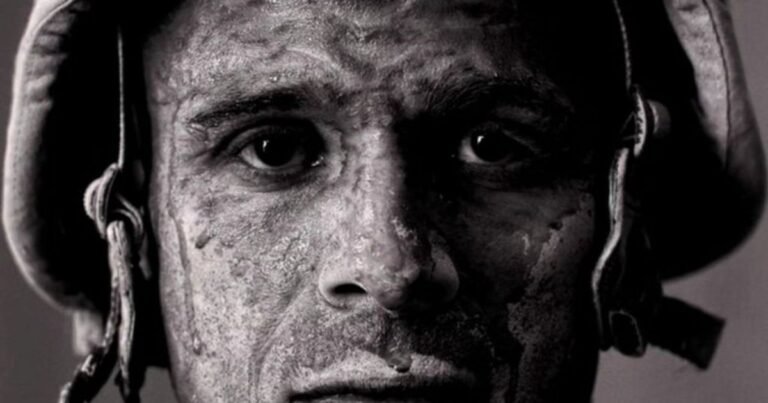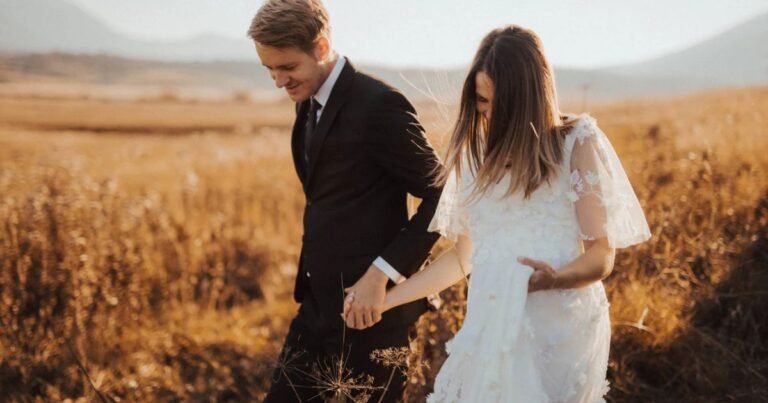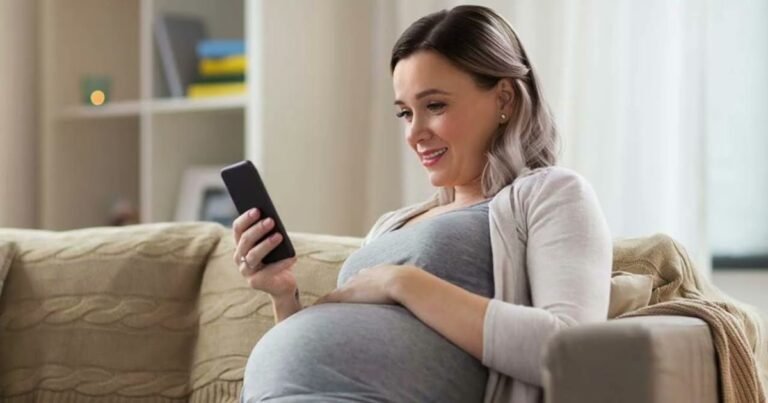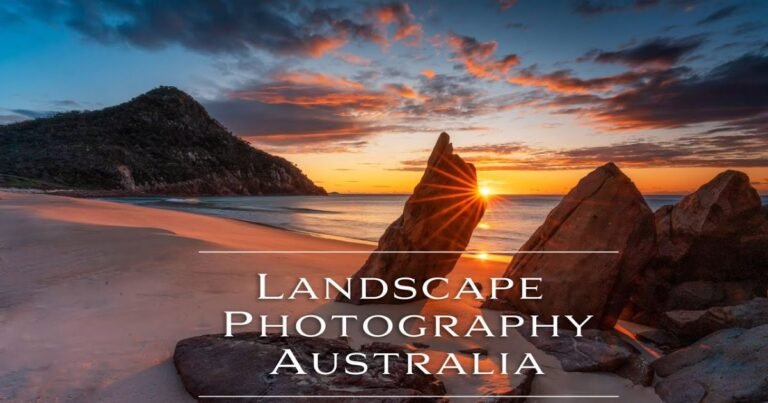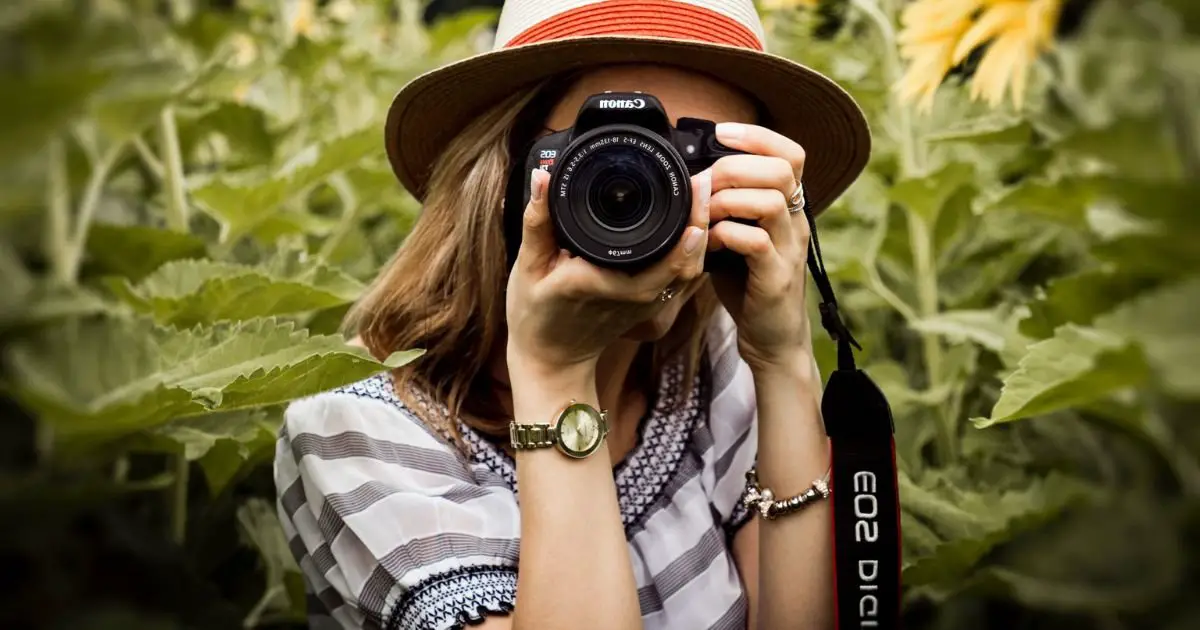
Photography of events is a process of taking photos on different occasions including weddings, birthdays, or business meetings. It also encompasses the capturing of photographs that depict the various moments in the event to capture memories for a lifetime. What event photography of events is unique? Event photography is special because it portrays the raw, once-in-a-lifetime feelings, expressions and occurrences of a live event. It involves decision-making and fluidity in different lighting and movement situations.
15 Tips for Photography of Events
- Plan Ahead: It is useful to get to know the event schedule and the geography of the location to be ready for the main moments and frames.
- Choose the Right Gear: Use a good quality camera, which is equipped with a high ISO, fast lenses, and extra equipment in case of an emergency or unfavourable lighting.
- Arrive Early: Get as many shots before the event installations are made and used since this is a good time to fine-tune environments and locations.
- Stay Discreet: Work discreetly because you do not want to disrupt, the crowds flow while taking the photographs. Use a silent shutter mode in case the camera has it.
- Use Natural Light: Light as much as you can with natural or ambient light to capture a more realistic and attractive shot. It is recommended to stay away from the use of flash especially when it is strong and intense.
- Capture Candid Moments: Emphasize getting natural emotions and people’s reactions to give an insight into the event.
- Shoot in RAW: Take pictures using RAW to have more freedom to adjust the lighting since it is a low-light scene.
- Vary Your Angles: Give different angles to the photos to make them more colourful and interesting.
- Take Group Shots: Take group photos to make sure to have the important individuals and events on the record and sort the pictures.
- Use Burst Mode: If you are shooting action or specific events use burst to make sure that you have caught the perfect moments.
- Focus on Details: Take pictures of decorations, food, and other minute details that add to the event the atmosphere.
- Keep Extra Batteries and Cards: Bring spare batteries and memory cards since a malfunction is capable of arising at any time and prevents the taking of crucial images.
- Communicate with the Organizer: Always communicate with the event planner so that you are informed about certain aspects so that you are in the right position at the right time.
- Mind Your Background: Make sure that in your shot, you do not have a lot of stuff going on around your subject since this is off-putting.
- Edit Thoughtfully: Apply some effects to improve the picture quality, lighting, and cropping, though make them seem as real as possible.
Top 5 Photography Events Mistakes to Avoid
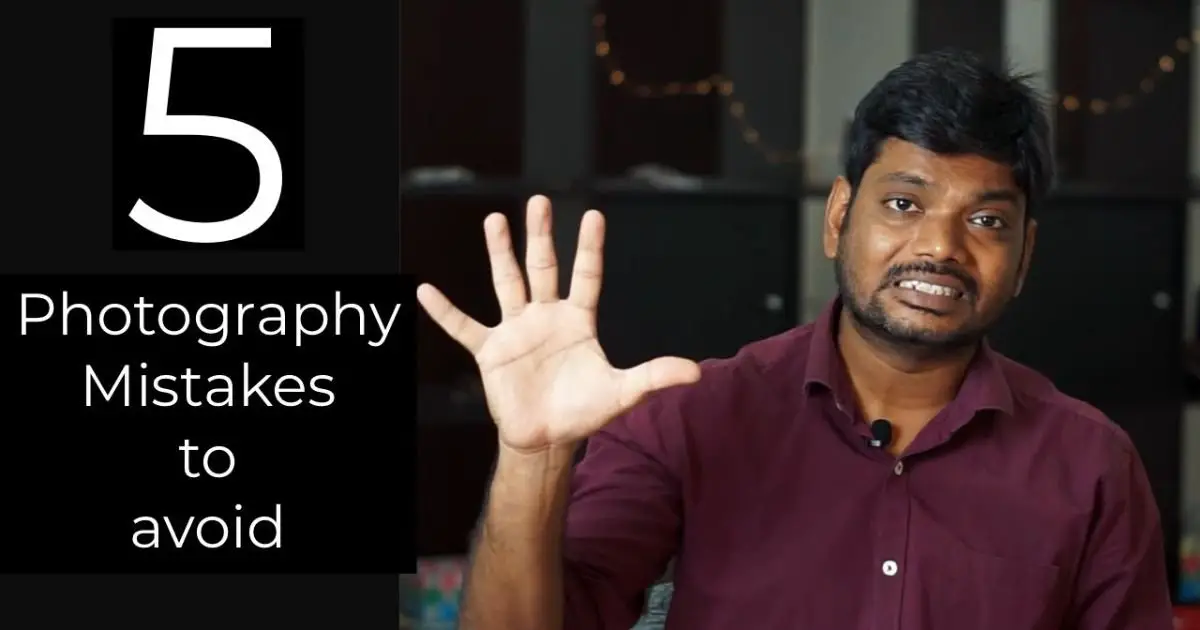
Poor Communication: This is one of the most severe errors that most event photography service providers make especially with the event organizers and clients. Before the shoot, always consult the schedule, important parts of the performance, and any shot(s) that one wants to be sure are captured.
Ignoring Lighting Conditions: When it comes to wedding photography, or you are shooting corporate event photography, ignoring the lighting setup can be very damaging. Before the shoot evaluate the lighting situation and if necessary, carry equipment that can help deal with low or high-intensity lighting.
Overlooking Candid Shots: It is not just the photo of the event formally, but rather, photography of moments that depict the exact real-life event behind the scenes. Do not blend all pictures as if you are posing for a photo; look for candid shots that paint a genuine picture
Incorrect Camera Settings: Adjusting the wrong settings on the camera will cause the picture to be of low quality. Based on the findings above for event photo editing to be effective, ensure that your camera is well configured for the lighting and the activities happening during the event and this will provide you with clear and well-lit photos
Neglecting Backup and Post-Processing: Not backing up your photos keeps you at risk of losing precious moments or delivering low-quality or poorly edited work of the event pictures. Have a backup plan and spend some time editing event photographs to achieve better picture quality and presentation.
How to Shoot Event Photography Like a Pro in 2024

Photography of events is a delicate profession that requires a lot of effort, time, and focus to immortalize those crucial moments. Here are essential tips and techniques to elevate your event photography game:
Understand the Event Scope: To do that, consult with other people who are organizing the occasion to understand the theme of the occasion, significant events that are supposed to happen, and the supposed shots.
Prepare Your Gear: Check on your equipment that is used in events such as extra cameras, lenses and lighting for different cases
Master Lighting: Forget natural lighting and try to find ways to include some of it in your shots; bring your light sources or use event lighting to achieve the same effect to create consistent event lighting photography.
Capture Candid Moments: This should be done as a way of passing the true picture of the event without exaggeration through posed shots together with casual shots.
Event Coverage Strategy: Organize your coverage to guarantee you are in a position to capture all arrival’s major speeches and interaction
Post-Processing: Give time when editing the event photos to improve the colour and lighting and have each photo in the event photo gallery classy.
These strategies, which are all related to event photographic services such as corporate event photographers and wedding photographers, enable you to meet the requirements of each occasion and produce the best event photography.
Photography of Events – Documentation and Portraits
Photography of events documentation and portraiture are some of the significant factors involved in the coverage of occasions at different occasions. This is specifically very important in corporate events, weddings and other cultural functions since the photographers help capture the spirit of the events.
Event Documentation: Photographers are particularly good at shooting raw, unposed and natural snaps of the event, together with snap shooting a shot of its important points. They discuss with the event planners regarding the event and they try to know the type of event, timing of the event, and important periods.
Portrait Photography: Besides illustrating the events, the photographers do a marvellous job capturing the individuals’ character and state of mind of the attendees. They employ good lighting and interact with the subjects to make the most of the photo shoots to produce good portraits.
Technical Expertise: It’s appreciated to see the specialized focusing on lighting control, camera, and lens together with managing their gear and setting up for different events.
Post-Processing: Photographers use post-production processes to complement the event photography, making the pictures as precise to the client’s expectations as possible.
Professionalism and Adaptability: Event photographers showcase professionalism and flexibility in responding to varying dynamics within events and producing high-quality photographs.
How to Get Started Shooting Event Photos
Some steps need to be taken to enable an entrepreneur to commence with the specialized aspect of event photography. Here’s a comprehensive guide to help you begin your journey:
1. Understand Event Photography
Types of Events: Business dinners, receptions, banquets, meetings, performances, matches and many others.
Skills Required: Speed to be able to record the moments, sense of humour, proficiency in using light, and relation with people.
2. Acquire the Right Equipment
Camera: Acquire a good DSLR or a mirrorless camera that is efficient in capturing high-quality photos. Some of the known camera brands are Canon, Nikon, and Sony.
Lenses: General-purpose zoom lenses like 24-70mm zoom lenses and fast forty- or fifty-mm prime lenses like f/1. 8 are ideal.
Flash: Accessories such as external flash units to improve the light factor.
Accessories: Batteries, memory cards, tripod, carry case/Bare essentials meant for the camera.
3. Basics of Photography
Exposure Triangle: Understand what is ISO and aperture and the relation between shutter speed and motion.
Composition: Vivid information about the rule of thirds, leading lines, framing, and many other things.
Lighting: Move in a way that captures natural light and effectively uses artificial light or flash photography.
4. Build Your Skills
Practice: Begin with family functions or take part in the local events if you have no prior experience.
Education: Enroll for online photography classes or the photography classes being offered in colleges near you. Photography blogs and YouTube sessions may also help.
Join Photography Communities: Join online communities or groups on social media platforms and local clubs or societies of photographers.
5. Create a Portfolio
Select Your Best Work: In the right format, it’s possible to curate a portfolio of the best event photos to illustrate the point.
Online Presence: Establish an online portfolio of your work and post pictures of your work on relevant sites such as Instagram, flicker and such other sites.
Print Portfolio: It is recommended to have a printed version of the portfolio for face-to-face meetings.
6. Market Yourself
Networking: Goings to events, participating in the chamber of commerce and contacting planners of events.
Social media: Some of the online tools that can be used to market the services are; Instagram, Facebook and LinkedIn.
Business Cards and Flyers: Place them where people read or watch: local stores and fairs.
SEO and Online Ads: Web-design your site with SEO features and you may have to run an online advertising campaign.
7. Set Up Your Business
Legal Structure: Determine the legal structure of your business (For instance sole tradership, LLC etc.).
Licenses and Permits: Some of the licenses and permits that businesses may need depend on the local laws in the various states.
Insurance: Liability insurance for yourself and your equipment to cover any damages.
Pricing: Check local tariffs and prices and offer fairly cheap services.
8. Manage Your Workflow
Client Communication: Employ the contracts and agreements to reduce misunderstandings and shield both partners.
Backup and Storage: Ensure that you have the correct methods of saving and storing your photos is perfected.
Editing: Edit your photos with the help of applications such as Adobe Lightroom and Photoshop if necessary.
9. Deliver Excellent Service
Professionalism: Punctuality, proper dress code, and courtesy among the guests are some of the most strictly enforced etiquette.
Flexibility: Be ready to make some alterations to the aforementioned conditions as well as the expectations of the client.
Follow-Up: Take photos and share them to the clients’ delight in the shortest time possible.
10. Continuous Improvement
Feedback: Encourage and listen to fellow client’s and peers’ feedback to enhance skill and knowledge database.
Stay Updated: This one is dramatically self-explanatory – maintain abreast of the latest trends and the latest technologies into play in the realm of photography.
Expand Your Skills: Try new events that are not typical or maybe a new approach to shooting and expand the type of photographs.
When follow these steps, you can come to recognition as a professional and successfully work as an event photographer.
Different 12 Types Photography of Events
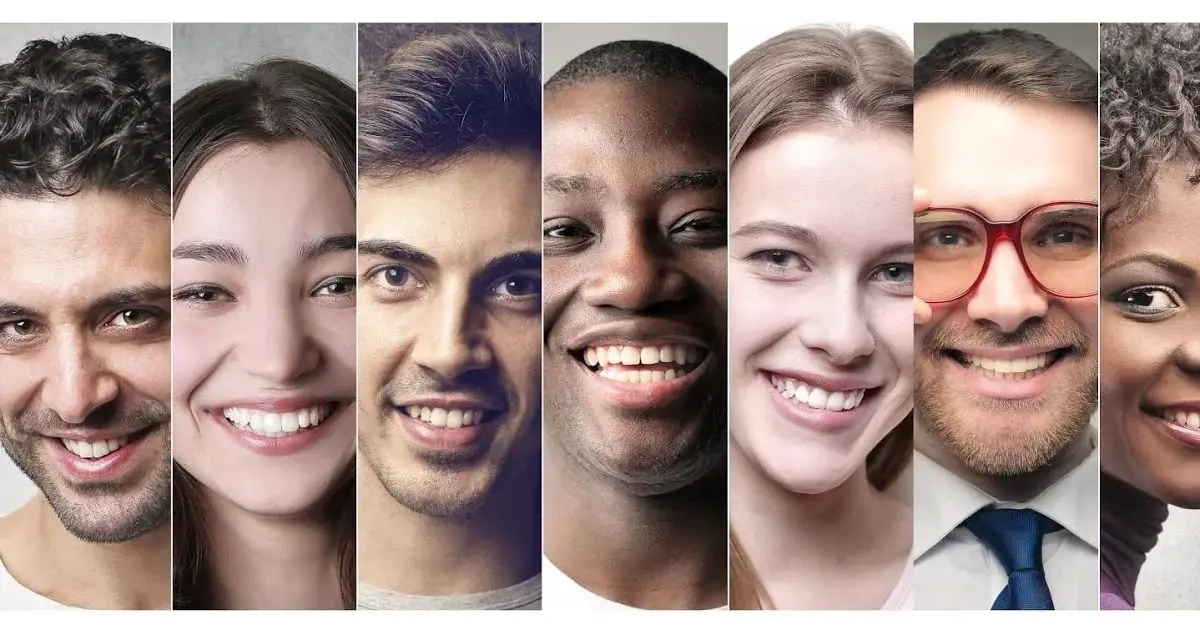
1. Wedding Photography
Ceremonies: Photographing culturally significant events for a couple such as reciting vows, exchanging rings and the first kiss.
Reception: Capturing speeches, dancing and making the behind-the-scenes appearance.
Portraits: Photograph: Freemji Formal photos which should be done are: the couple, the family, and the guest list.
2. Corporate Event Photography
Conferences: Conferences, seminars and workshops, particularly plenary addresses and/or presentations, discussion forums, social and business mingling.
Product Launches: Snapshots of the event, the displayed products and customers’ responses.
Corporate Parties: The potential of having new interactions with employees, entertainment and the venue’s atmosphere.
3. Concert and Music Photography
Live Performances: Preformed music and musicians on stage, audience response and feel of the place.
Backstage: Insta stories that are usually recorded by artists and crew in between performances, rehearsals, or backstage interactions.
Festivals: Several scenes, large groups/gatherings, and various festival performances.
4. Sports Photography
Games and Matches: Sustained shots of the players in movement, significant events on the field, and spectators’ responses.
Training Sessions: Competitors training, communication between the coaches, and preparation.
Award Ceremonies: Awarding of trophies, medals, and many other happy incidences.
5. Birthday and Celebration Photography
Children’s Parties: These activities include but are not limited to Children’s games, decorations of different forms, a cutting ceremony and most importantly interactions with guests.
Milestone Birthdays: It may refer to special events such as speeches, or group photos.
Themed Parties: Recording the theme, the costumes, and the major activities of the occasion.
6. Cultural and Community Events
Festivals: Parades, dance shows, and most other luminal activities.
Religious: Religious practices that are reaffirmed through rites or observances of some sort and feasts that are shared within a community.
Fundraisers: A stand, determine the speakers and determine the interaction of the attendees.
7. Fashion Events
Runway Shows: Fashion-show models, various clothing brands and people’s feedback.
Backstage: These are considerations, application of makeup or a new hairdo and meeting the designers.
Fashion Parties: Networking, special light shows and projections, and appearance of the venues.
8. Graduation and Commencement Photography of events
Ceremonies: UIA graduates receiving their diplomas, people making speeches, the audience.
Portraits: Business and individual photos of graduates.
Celebrations: These are, the events which are organized by the bride and groom after the religious or civil ceremony.
9. Weddings and Graduation Ceremonies
Engagement Parties: In the case of the chosen TV show, these would be a couple, their guests and special moments in their relationships.
Anniversaries: Speechmaking, party scenes, and the relationship between relatives.
Reunions: Whole group, natural communication and activity, and any special occasion.
10. Charity and Fundraising Photography of Events
Gala Dinners: Location: setting, speech delivery, talking with the guests.
Auctions: Tangible goods, buyers and seller’s characteristics, and mood of the event.
Walks/Runs: They involved three areas, namely participants, activities in the event and the finalities of the event.
11. Trade Shows and Expos
Booths and Displays: Exhibitor accommodations, items on display and the rate of interaction with the attendees.
Presentations: Presentations, performances, and the behaviours of the audiences respectively.
Networking: Physical contact between the attendees and persons representing the exhibitors or the organizations/businesses the exhibitors represent.
12. Holiday and Seasonal Events
Christmas Parties: Such as hanging stockings, visits from Santa and fun performances and games.
Halloween Parties: Clubs, weddings, and fun and exciting games, shows, and other related accessories.
Every photography of events type is different and entails a different personality, involving an understanding of what and when must be photographed. As you can see, there are distinct types of events, and by specializing in each of them, you will be in a position to properly evaluate your method and machinery.
Wedding Photography of Events: Ideas & Advice
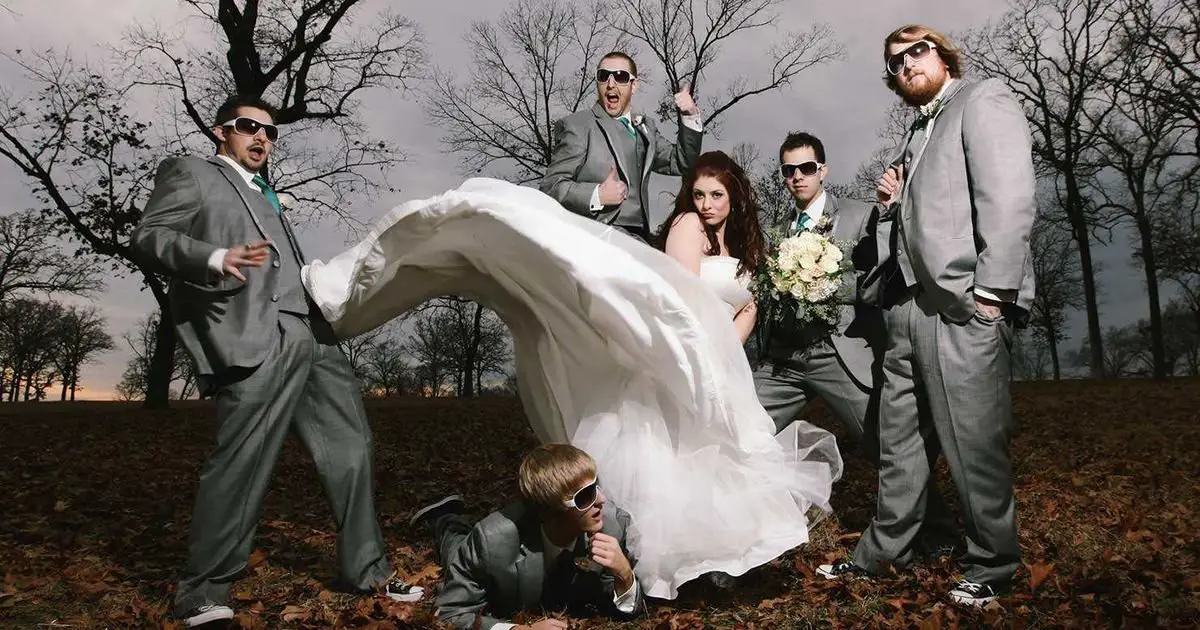
Proper wedding photography of events offers the best suggestions on how to achieve perfect artistic shots as well as the practicalities surrounding the whole wedding day process that must be captured on film.
Photography of Events: Types & Services
Photography of events encompasses various specialized services tailored to different occasions, including including:
- Corporate Photography of Events: Specializes in recording major meetings of an organization or company, conferences, seminars, and product launch events.
- Private Photography of Events: Includes weddings, birthdays, parties, etc. They want to get as close as possible and be able to capture those special moments.
- Concert and Performance Photography of Events: Where one captures live performances such as performance art, concerts, and theatrical plays; here focus is on movement and passion.
Photography of Events Package
photography of Events packages typically include:
- Coverage Duration: The number of hours of photographing an event that the photographer takes to cover it.
- Number of Photographers: Suitable for single or multiple photographers based on the events’ size and the required coverage.
Top Cameras for Photography Of Events
Choosing the best cameras for event photography often includes:
- DSLR and Mirrorless Cameras: Various abilities to change the lens and the exceptional combined model of brightness at different focus settings.
The Best Lenses That You Can Use for Event Photography
Key lenses for Photography Of Events:
- Zoom Lenses: I like a multi-aspect ratio for taking a wide shot of a large group that can be taken without swapping the camera and at the same time taking a detailed shoot of a small object.
- Prime Lenses: Provide large apertures for night shooting and gorgeous out-of-focus backgrounds for people shots.
Photography Of Events Equipment
Essential accessories for event photographers include:
- External Flashes: For management and improvement of the lighting in hard-to-reach areas.
- Tripods and Monopods: Stabilize the camera for long exposure shots and video recording sessions.
Photography Of Events Pricing
Photography of Event pricing varies based on factors like:
- Event Duration and Scope: Event duration or coverage duration might be a factor that influences the cost of the event.
- Additional Services: Additional services which can be ordered: photo albums, printouts, or digital copies of the material.
Photography Of Events Price Packages
Common event photography price packages include:
- Basic Packages: Choose requite exposure and fewer editing pictures.
- Premium Packages: Details include a longer-lasting insurance policy, multiple photographers on the premises, and a great deal of opportunities for editing.
Photography of Events Tips | Final Words
Event photography is among the most rewarding but equally a difficult kind of photography. It is a combination of elements of IT knowledge, innovation, and social qualities. Knowing the event, having your equipment ready, being familiarized with various light conditions, seeking and seizing those natural moments, paying attention to the details of the frame, being active during the guests’ interaction with the couple, and finalizing the work in post-processing can help you create powerful and meaningful shots. As I always say before any event, the most important thing is to be ready, awake and on the lookout for those moments that make the event, an event.
Happy shooting!
